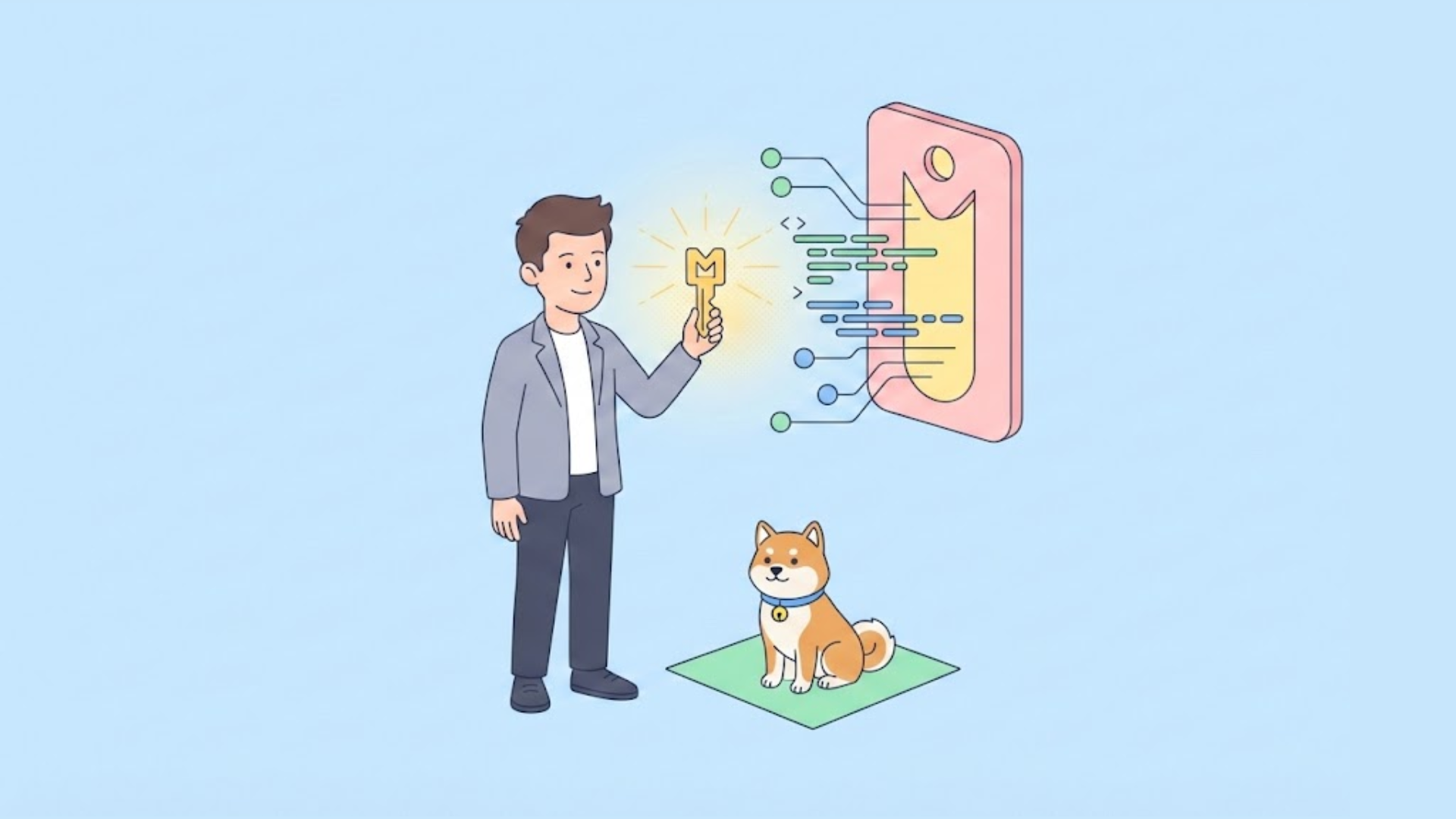Getting started with Grok 4 through OpenRouter's API system opens up powerful AI capabilities for your applications. This comprehensive guide walks you through the entire process, from setup to implementation, ensuring you can leverage Grok 4's advanced features effectively.
Understanding Grok 4 and OpenRouter Integration
Grok 4 represents a significant advancement in AI technology, offering enhanced reasoning capabilities and improved performance across various tasks. OpenRouter serves as a unified API gateway that provides access to multiple AI models, including Grok 4, through a single interface.

The integration between Grok 4 and OpenRouter creates a streamlined pathway for developers to access advanced AI capabilities without managing multiple API endpoints. This approach reduces complexity while maintaining the full power of Grok 4's features.
OpenRouter's infrastructure handles the routing, authentication, and load balancing, allowing you to focus on building your applications rather than managing API connections. Furthermore, this setup provides consistent response formats across different AI models, making it easier to switch between providers when needed.

Setting Up Your OpenRouter Account
Before accessing Grok 4, you need to establish an OpenRouter account. Navigate to the OpenRouter website and complete the registration process. The platform requires email verification and basic profile information to activate your account.

Once your account is active, you'll need to generate an API key. Access your dashboard and locate the API key section. Generate a new key specifically for Grok 4 usage, and store it securely. This key serves as your authentication method for all API requests.

Next, configure your account settings to include Grok 4 access. OpenRouter manages model availability through subscription tiers, so ensure your account has the appropriate permissions to access Grok 4's capabilities.
Grok 4 API Configuration Steps
The API configuration process requires specific parameters to establish a connection with Grok 4 through OpenRouter. Start by setting up your base URL, which typically follows the format https://openrouter.ai/api/v1/chat/completions.
Your request headers must include the authorization token using the Bearer format. Additionally, specify the content type as application/json to ensure proper data transmission. The HTTP-Referer header should contain your application's URL for tracking purposes.
Configure the model parameter to specifically target Grok 4. OpenRouter uses the identifier x-ai/grok-4 for accessing this model. This parameter tells the system which AI model to use for processing your requests.
Essential API Parameters and Headers
Understanding the required parameters ensures successful API communication. The authorization header uses your OpenRouter API key with the Bearer prefix. For example: Authorization: Bearer YOUR_API_KEY_HERE.
The model parameter specifies which AI system processes your request. Set this to x-ai/grok-4 to access Grok 4 specifically. This parameter is crucial because OpenRouter routes requests to different AI providers based on this value.
Additional parameters include temperature for controlling response creativity, max_tokens for limiting response length, and stream for enabling real-time response streaming. These parameters fine-tune how Grok 4 processes and returns information.
Making Your First API Request
Creating your initial API request involves structuring a JSON payload with your message and configuration options. The basic structure includes a messages array containing your conversation history and current prompt.
Here's the fundamental request structure:
from openai import OpenAI
client = OpenAI(
base_url="https://openrouter.ai/api/v1",
api_key="<OPENROUTER_API_KEY>",
)
completion = client.chat.completions.create(
extra_headers={
"HTTP-Referer": "<YOUR_SITE_URL>", # Optional. Site URL for rankings on openrouter.ai.
"X-Title": "<YOUR_SITE_NAME>", # Optional. Site title for rankings on openrouter.ai.
},
extra_body={},
model="x-ai/grok-4",
messages=[
{
"role": "user",
"content": [
{
"type": "text",
"text": "What is in this image?"
},
{
"type": "image_url",
"image_url": {
"url": "https://upload.wikimedia.org/wikipedia/commons/thumb/d/dd/Gfp-wisconsin-madison-the-nature-boardwalk.jpg/2560px-Gfp-wisconsin-madison-the-nature-boardwalk.jpg"
}
}
]
}
]
)
print(completion.choices[0].message.content)
Send this request to OpenRouter's endpoint using your preferred HTTP client. The response will contain Grok 4's generated content along with metadata about the request processing.
Understanding Grok 4 Pricing Structure
Grok 4 pricing through OpenRouter operates on a token-based system. You pay for both input tokens (your prompts) and output tokens (the AI's responses). This pricing model ensures you only pay for actual usage rather than flat subscription fees.

Input tokens typically cost less than output tokens, reflecting the computational difference between processing prompts and generating responses. The exact pricing varies based on your usage volume and account type with OpenRouter.
Monitor your token usage through OpenRouter's dashboard to track costs effectively. The platform provides detailed usage analytics, helping you optimize your API calls for better cost efficiency. Consider implementing token limits in your applications to prevent unexpected charges.
Advanced API Configuration Options
Beyond basic setup, Grok 4 offers advanced configuration options for specific use cases. The temperature parameter controls response creativity, with lower values producing more focused answers and higher values generating more diverse responses.
The top_p parameter works alongside temperature to fine-tune response generation. This parameter controls nucleus sampling, affecting the randomness of token selection during response generation. Values between 0.1 and 1.0 provide different levels of response variety.
Presence penalty and frequency penalty parameters help control response patterns. Presence penalty discourages repetition of topics, while frequency penalty reduces repetitive phrases. These parameters prove valuable for maintaining engaging, varied responses in conversational applications.
Error Handling and Troubleshooting
Proper error handling ensures your applications remain stable when API issues occur. OpenRouter returns standard HTTP status codes along with detailed error messages to help diagnose problems quickly.
Common errors include authentication failures (401 status), rate limiting (429 status), and invalid requests (400 status). Implement retry logic with exponential backoff for temporary failures, especially rate limiting errors.
Monitor API response times and implement timeout handling to prevent your application from hanging during network issues. Set reasonable timeout values based on your application's requirements and user expectations.
Optimizing API Performance
Performance optimization involves several strategies to reduce latency and improve user experience. Implement request batching when possible to reduce the number of API calls. However, balance batching with response time requirements for your specific use case.
Cache frequently requested information to reduce API calls and improve response times. Implement intelligent caching strategies that consider content freshness and user context. This approach significantly reduces costs while maintaining performance.
Consider implementing streaming responses for longer generations. Streaming allows your application to display partial responses as they generate, improving perceived performance even when total generation time remains constant.
Using Apidog for API Development
Apidog provides comprehensive tools for developing and testing your Grok 4 API integration. The platform offers visual API design tools, automated testing capabilities, and detailed documentation generation features.

Import your OpenRouter API specifications into Apidog to create a complete testing environment. The platform supports various authentication methods, making it simple to test your Grok 4 integration with real API keys and configurations.
Use Apidog's mock server functionality to develop your application before connecting to live APIs. This approach allows you to build and test your application logic without incurring API costs during development phases.
Security Best Practices
API security requires careful attention to key management and request validation. Store your OpenRouter API keys securely, preferably using environment variables or secure key management systems. Never hardcode API keys in your application source code.
Implement rate limiting in your applications to prevent accidental API abuse. This practice protects both your costs and your good standing with OpenRouter's service. Additionally, validate all user inputs before sending them to the API to prevent injection attacks.
Consider implementing API key rotation policies to maintain security over time. Regular key rotation reduces the risk of compromised credentials and ensures continued secure access to Grok 4's capabilities.
Real-World Implementation Examples
Practical implementation examples demonstrate how to integrate Grok 4 into common application scenarios. Chat applications benefit from maintaining conversation context through the messages array, allowing for coherent multi-turn conversations.
Content generation systems can leverage Grok 4's advanced reasoning capabilities for creating technical documentation, creative writing, and analytical reports. Configure appropriate parameters to match your specific content requirements and quality standards.
Data analysis applications can use Grok 4 to interpret complex datasets and generate insights. The model's reasoning capabilities make it particularly effective for explaining trends, identifying patterns, and suggesting actionable recommendations.
Monitoring and Analytics
Effective monitoring ensures optimal API performance and cost management. OpenRouter provides detailed analytics about your API usage, including request volumes, response times, and error rates. Review these metrics regularly to identify optimization opportunities.
Set up alerts for unusual usage patterns or error rates to catch issues early. Automated monitoring helps maintain service quality and prevents unexpected costs from runaway API usage.
Track the relationship between your API usage and business metrics to understand the value your Grok 4 integration provides. This analysis helps justify API costs and identify areas for improvement in your implementation.
Conclusion
Successfully implementing Grok 4 through OpenRouter's API requires careful planning, proper configuration, and ongoing optimization. The combination of Grok 4's advanced capabilities with OpenRouter's unified interface creates powerful opportunities for AI-enhanced applications.
Start with basic implementations and gradually add advanced features as you become comfortable with the API. Remember that effective API integration involves more than just making requests – it requires thoughtful error handling, security measures, and performance optimization.




